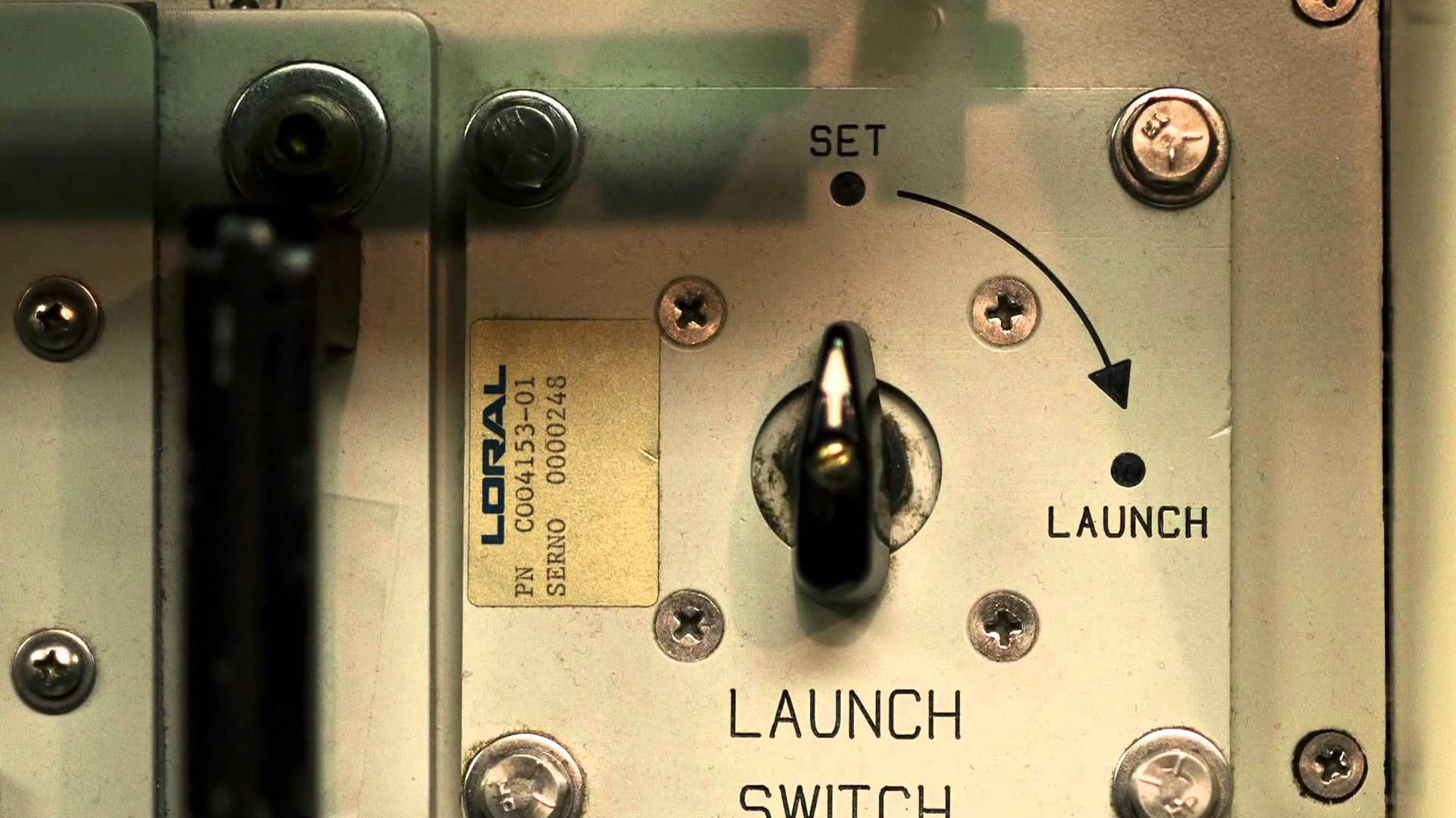Date
March 1, 2019
Document
- View PDF (234 KB)
Description
In recent years, a “no first use” policy about nuclear weapons has been considered by the Obama Administration and members of Congress during the Trump Administration. The policy under which the United States currently operates is called “calculated ambiguity,” in which the U.S. has pledged to not use nuclear weapons against non-nuclear states, but has not specified the terms under which they would use a nuclear weapon.
Many analysts believe that the United States’ conventional forces are enough to deter conventional, biological, or chemical warfare. It has also been hypothesized that if the United States were to use the first nuclear weapon in a conflict, it would escalate into an all-out nuclear war. A “no first use” policy could lower the possibility of nuclear miscalculations by adversaries by assuring the world that the U.S. would not launch a presumptive nuclear attack. When a U.S. adversary knows the U.S. will not launch a first strike, in an event of heightened tensions, that adversary would be less likely to respond to a false alarm. This would reduce the chances of a nuclear weapon ever being used in conflicts involving the U.S.
However, many military and civilian personnel in the U.S. believe that nuclear weapons are a necessary deterrent to conventional war, and that a “no first use” policy would weaken this deterrent. It is also possible that a “no first use” policy would cause allies to feel insecure about U.S. protection and seek to obtain their own nuclear weapons, further undermining the U.S. goal of nonproliferation.
Citation
Woolf, Amy F. U.S. Nuclear Weapon Policy: Considering “No First Use.” 2019.
Provenance
Obtained from the Federation of American Scientists archive.
Topics
Document entry started by Jordan Cory on August 25, 2020. Entry last updated by Jordan Cory on August 25, 2020.

